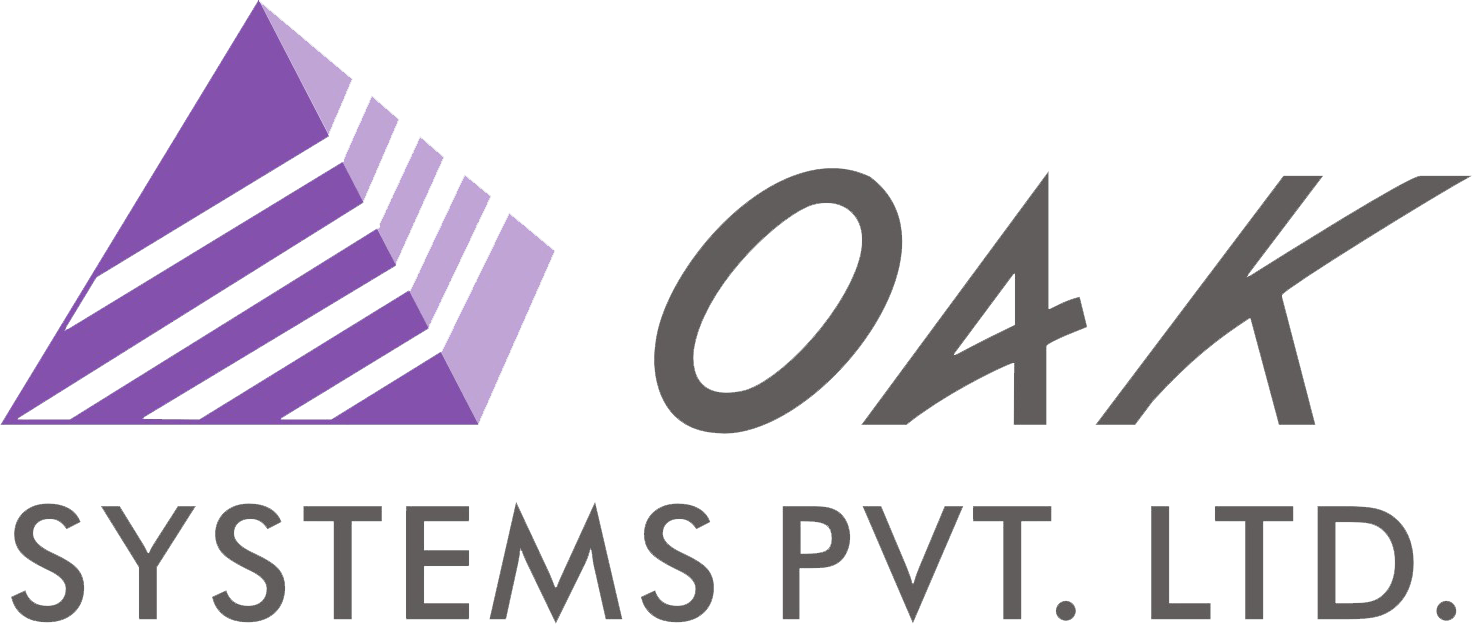Case Study – Radar CDU Testing
[emaillocker id=”1873″]
[/emaillocker]
Background
- Low Level Light weight Radar (LLLR) for army air defence for detecting and tracking all kinds of aerial targets flying at ultra-low, low and medium altitudes was developed by a DRDO lab with a State-of-the-Art display unit called Commander Display unit (CDU)
- CDU communicates with Radar Controller (RCN) to change system parameters and with Secondary Radar (IFF) through Radar controller. Target Designator Unit (TDU) software is part of CDU software, which communicates with ‘n’ number of Target Data Receivers (Tars)
- The Commander Display Unit (CDU) provides the presentation of radar generated synthetic information comprising of target tracks and plots, along with various other information such as…
1. Geographic Map
2. Clutter Map
3. Sector Blanking
4. Alarm zones
5. Range Markers
Our Mission
- To Draw an extensive Verification (Test) plan for System level Functional Tests and Graphic User interface tests
- To conduct testing activities as per IEEE–12207 standards
- To carry out an exhaustive Functional testing and GUI testing
Project Status when we started
- Development was complete
- Complex Graphic User Interface
- Several Advanced Features were incorporated for the first time
Our Mission At this stage
- To Draw an extensive Verification (Test) plan for System level Functional Tests and Graphic User interface tests
- To conduct testing activities as per IEEE–12207 standards
- To carry out an exhaustive Functional test and GUI test and report defects
Modus Operandi
- Developed Templates, checklists to suit project requirements within IEEE-12207 Standards
- Designed and developed System level test cases based on domain knowledge and Input documents (SRS, IDD): Requirement based testing
- Designed GUI test cases based on checklists
- Executed the tests
- Demonstrated 100% Requirements Coverage in testing
Project Statistics
- Entry Phase: ST; Exit Phase: ST
- Duration: 5 months
- Test team size: 4-5
- Lines of Code : 60KLOC
- Environment: Windows Embedded XP, C#, .NET Framework
- Number of Functional Test cases: 300
- No. of Functional Defects found: 50






